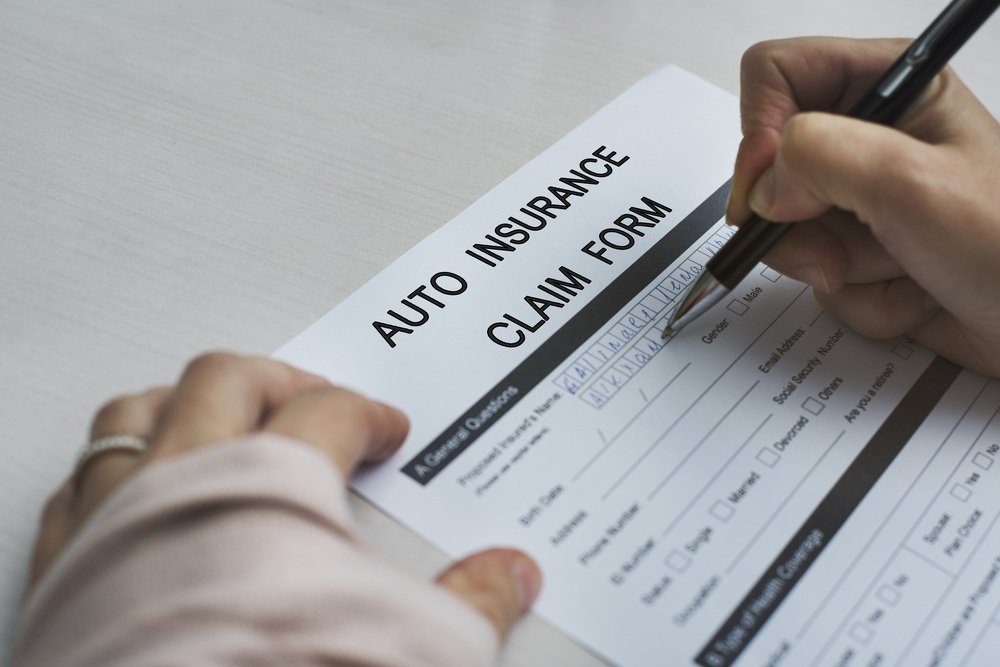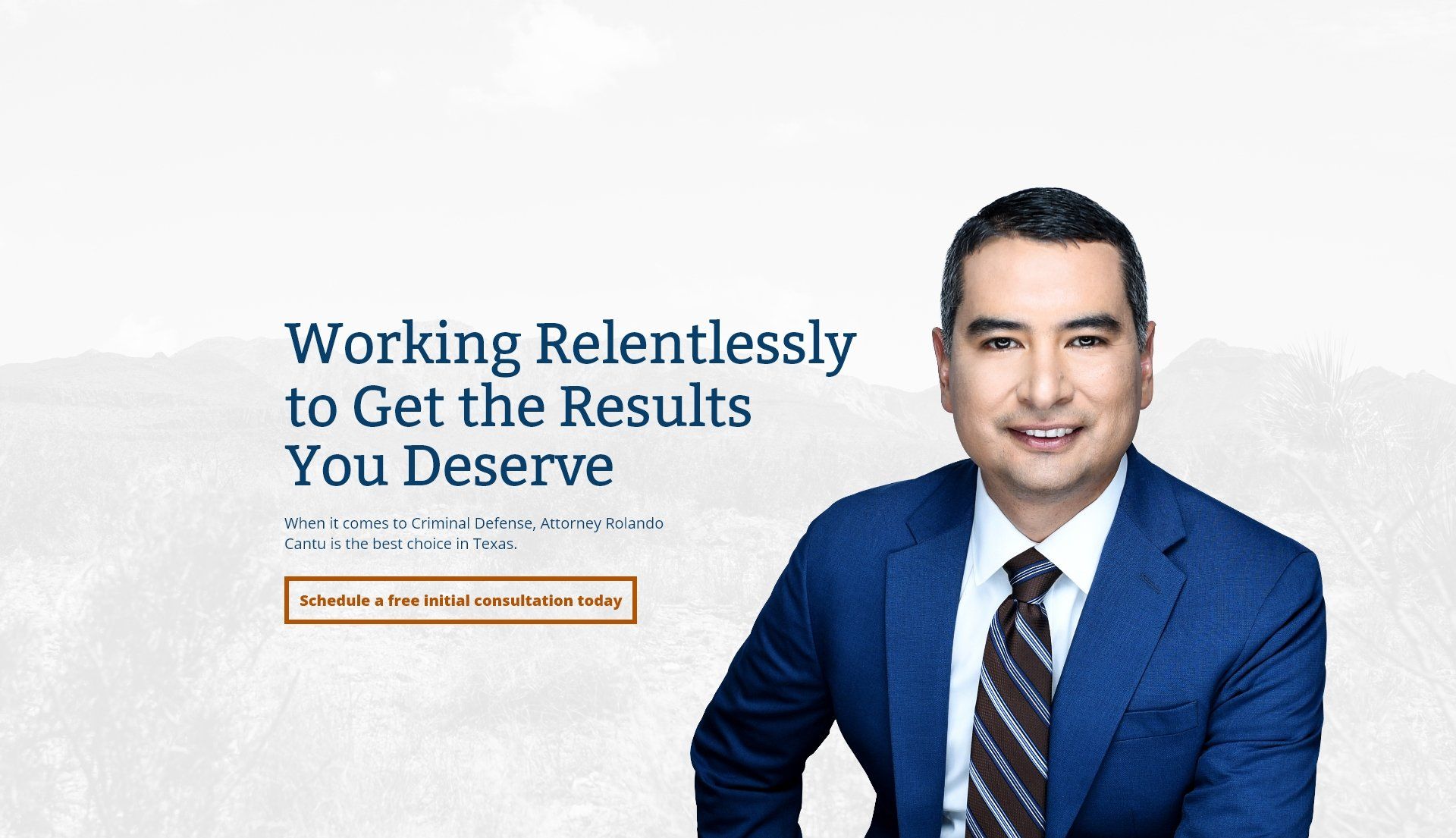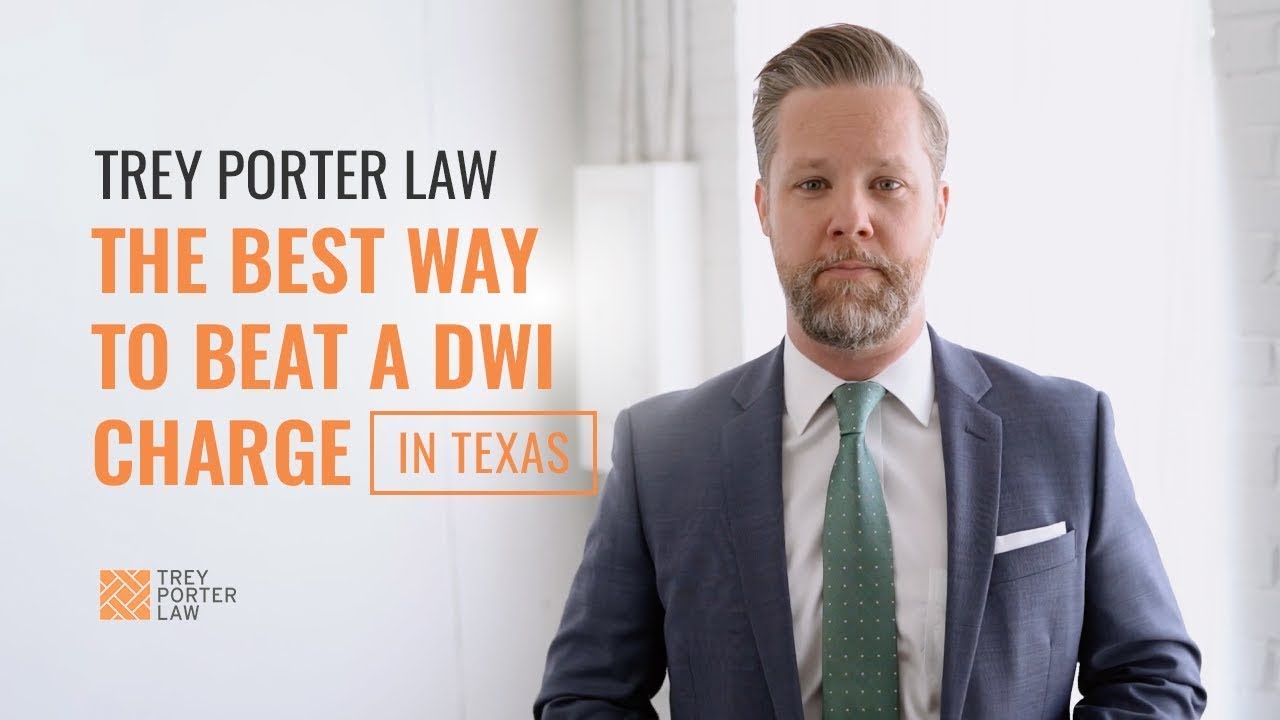Car Insurance and Multiple Accidents: Understanding the Impact
If you’ve had the misfortune of being involved in multiple car accidents, brace yourself for the potential consequences it can have on your car insurance premiums. The number of accidents on your record, the severity, and who was at fault will all be factors insurance companies use to determine your risk level.
Consequences of Multiple Accidents
Multiple accidents on your record can send shockwaves through your insurance costs, leaving you with a hefty bill to pay. Insurance companies view these incidents as indicators of increased risk, assuming that you’re more likely to file another claim in the future. This assessment can lead to a spike in your premiums, making it more expensive to protect yourself financially in case of an accident.
In some cases, your insurer may even consider canceling your policy if they believe you’re too high-risk. This can be a significant blow, leaving you without coverage and potentially exposing you to financial ruin if you’re involved in another accident.
Factors That Affect Insurance Premiums
The number of accidents isn’t the only factor that influences your premiums. Insurance companies will also consider:
- The severity of the accidents: Major accidents, such as those involving injuries or significant property damage, can have a more significant impact on your rates than minor fender benders.
- Who was at fault: If you were found to be responsible for the majority of the accidents, this will likely result in higher premiums.
- Your driving record: A clean driving record with no accidents or violations can help offset the impact of multiple accidents.
Navigating Insurance with Multiple Accidents
If you’ve been involved in multiple accidents, don’t panic. There are steps you can take to mitigate the consequences and get back on track:
- Talk to your insurance agent: Discuss your situation and explore your options. They can provide personalized advice and help you understand the factors that are affecting your rates.
- Consider a high-risk insurance policy: If you’re unable to obtain affordable insurance through traditional channels, you may consider a high-risk policy designed for drivers with multiple accidents.
- Improve your driving habits: Taking a defensive driving course or enrolling in a safe-driver program can demonstrate your commitment to improving your driving skills and potentially lower your premiums.
Conclusion
Multiple accidents can have a profound impact on your car insurance premiums. By understanding the consequences and taking steps to improve your driving habits, you can navigate this challenge and get back on the road with affordable coverage. Remember, it’s not the number of accidents that defines you, but how you respond.
Car Insurance Conundrums: Navigating the Maze After Multiple Accidents
If you’ve had the misfortune of experiencing multiple car accidents, you might be wondering what fate awaits your insurance premiums. Buckle up, dear reader, because we’re about to delve into the murky waters of car insurance after multiple fender-benders. Brace yourself for a rollercoaster ride of increased premiums, diminished coverage, and a potentially rocky insurance landscape.
Increased Premiums: The Price You Pay
Insurance companies, like watchful hawks, scrutinize drivers’ records, and those with multiple accidents are often labeled as high-risk individuals. This unfortunate designation comes with a hefty price tag – increased premiums. It’s like being penalized for having the audacity to have more than your fair share of vehicular mishaps. These premium hikes can be substantial, leaving you wondering if it’s worth shelling out a small fortune just to stay insured.
The extent of these premium increases varies depending on the insurance company, the severity of the accidents, and your driving history. It’s not uncommon for premiums to double or even triple, sending your insurance bill soaring through the roof. This can be a major financial burden, especially if you’re already struggling to make ends meet. It’s like being caught in a vicious cycle, where multiple accidents lead to higher premiums, which in turn can make it difficult to afford adequate coverage.
So, what can you do to mitigate the impact of these increased premiums? The first step is to shop around for different insurance companies. Some insurers may be more lenient than others when it comes to drivers with multiple accidents. It’s worth taking the time to compare quotes and find the best deal possible.
Additionally, consider raising your deductible. This is the amount you pay out of pocket before your insurance coverage kicks in. By increasing your deductible, you can lower your monthly premiums. However, it’s important to make sure you can afford the higher deductible in the event of an accident. It’s a balancing act between affordability and coverage.
The journey after multiple car accidents can be a bumpy one, but with some careful planning and research, you can navigate the insurance maze and secure the coverage you need without breaking the bank. Remember, knowledge is power, and the more you understand about car insurance, the better equipped you’ll be to make informed decisions and protect yourself financially. So, buckle up and let’s tackle this insurance conundrum head-on.
Getting Car Insurance After Multiple Accidents
After multiple accidents, getting car insurance can feel like an insurmountable task. Insurance companies view drivers with accident histories as high-risk, resulting in substantial premium increases and potential coverage denials. However, understanding the challenges and navigating the insurance landscape can help you secure coverage despite your driving record.
Consequences of an Accident-Prone Driving History
Insurance companies assess risk based on a driver’s history, including accidents, traffic violations, and other factors. Multiple accidents can significantly elevate your risk profile, leading to:
- Higher Premiums: Insurance companies charge higher rates to offset the increased risk associated with accident-prone drivers.
- Surcharges and Penalties: In addition to higher premiums, you may face surcharges or penalties that further inflate your insurance costs.
- Limited Coverage Options: Some insurance companies may limit or even deny coverage to drivers with multiple accidents.
Surcharges and Penalties: Understanding the Additional Costs
Surcharges and penalties are additional fees imposed by insurance companies to cover the increased risk associated with accident-prone drivers. These fees can vary depending on the insurance company, the severity of your accidents, and your state’s regulations. Common surcharges include:
- Accident Surcharge: A flat fee added to your premium for each accident on your record.
- Negligent Operator Surcharge: A higher surcharge applied if you were deemed responsible for causing the accident.
- Multiple Accident Surcharge: A surcharge imposed if you have multiple accidents within a specific time frame, typically three years or less.
- Points Surcharge: An additional penalty based on the number of points accumulated on your driving record from traffic violations and accidents.
Understanding these surcharges and penalties is crucial for budgeting for your car insurance costs. It’s worth noting that these fees can remain on your record for several years, impacting your insurance rates well into the future.
Car Insurance with Multiple Accidents: Can You Get Covered?
Being involved in multiple car accidents is a stressful and overwhelming experience. It can damage your car, injure yourself or others, and leave you wondering how you’re going to pay for the damages. One of the biggest concerns you may have is whether your insurance company will cover you after multiple accidents.
Policy Cancellation
In most cases, insurance companies will still provide coverage after multiple accidents. However, if you have a history of repeated accidents within a short period, your insurer may take action. They may increase your premiums, restrict your coverage, or even cancel your policy altogether.
Factors Affecting Coverage
Several factors can influence an insurance company’s decision on coverage after multiple accidents. These include:
- The severity of the accidents
- Your driving record
- The number of accidents in a given time frame
- Whether you were at fault for the accidents
Dealing with an Insurance Company
If you’ve had multiple accidents, it’s important to be honest and upfront with your insurance company. Failure to disclose all accidents can result in a denial of coverage. You should also be prepared to provide documentation, such as police reports or repair bills, to support your claims.
Tips for Getting Coverage
Getting car insurance after multiple accidents doesn’t have to be impossible. Here are some tips to help you find coverage:
- Shop around and compare quotes from different insurance companies.
- Consider high-risk insurance providers that specialize in covering drivers with multiple accidents.
- Improve your driving record by taking a defensive driving course or installing a dash cam.
It’s like being a student who has flunked a few tests. The insurance company may see you as a risky bet, but that doesn’t mean you can’t make a comeback. By being honest, cooperative, and taking steps to improve your driving, you can increase your chances of getting the coverage you need.
Car Insurance Conundrum: Navigating with a History of Accidents
Owning a car comes with the inherent responsibility of securing car insurance. However, for drivers who have experienced multiple accidents, this task can seem like an insurmountable hurdle. Navigating the insurance landscape with such a history can be a daunting endeavor, leaving many wondering if they can find affordable and reliable coverage.
Difficult to Obtain Coverage
Insurance companies assessリスク by considering various factors, including driving history. Multiple accidents raise red flags, as they indicate an increased likelihood of future claims. Consequently, drivers with such a record may find it challenging to secure coverage from reputable insurance providers. The few companies willing to offer insurance may charge exorbitant premiums, making it financially burdensome for these drivers.
Alternatives: Weighing the Pros and Cons
Understanding the challenges, drivers with multiple accidents should explore alternative options. Some companies specialize in providing coverage to high-risk drivers, albeit at higher rates. Thorough research and comparison shopping are crucial to find the most competitive premiums.
Non-Standard Insurance: A Lifeline for High-Risk Drivers
Non-standard insurance caters specifically to drivers with less-than-stellar driving records. While premiums tend to be higher than standard insurance, they offer a lifeline to those who may otherwise be denied coverage. Non-standard policies often include restrictions, such as limited coverage options or higher deductibles.
Government Assistance Programs: A Safety Net for the Underserved
In some cases, government assistance programs may provide a safety net for low-income drivers with multiple accidents. These programs, typically administered by state agencies, offer affordable insurance options to eligible individuals. Proof of financial hardship is usually required to qualify.
Rebuilding the Insurance Profile: A Long Road to Redemption
Repairing a damaged insurance profile takes time and effort. Safe driving habits, completing defensive driving courses, and maintaining a clean driving record over an extended period can gradually improve one’s insurability. Additionally, seeking professional guidance from an insurance agent can provide valuable insights into navigating the complex insurance landscape. Remember, the journey to insurance redemption is a gradual one, requiring patience and a commitment to responsible driving.
Navigating the complex world of car insurance can be daunting, especially for those who have faced the misfortune of multiple accidents. The aftermath often leaves drivers grappling with not only the physical and emotional toll but also a substantial financial burden. The ripple effects of an accident can significantly impact your car insurance, putting a strain on your budget and potentially jeopardizing your ability to drive.
Insurance Implications
Following an accident, drivers can expect their insurance premiums to soar. Insurers view multiple accidents as indicators of a higher risk profile, prompting them to increase coverage costs. These price hikes can be substantial, especially for those with a history of serious or frequent incidents. Additionally, insurers may impose surcharges, further escalating the financial burden. In severe cases, repeated accidents can lead to policy cancellation, leaving drivers without insurance and facing legal consequences.
Financial Burden
The financial consequences of multiple accidents can be crippling. Increased premiums and surcharges can deplete your savings, leaving you struggling to make ends meet. The economic hardship can extend beyond the immediate costs, as the financial strain can impact your ability to pay for other necessities, such as housing, food, and healthcare. The burden of multiple accidents can create a vicious cycle, perpetuating financial instability and limiting your options.
Long-Term Consequences
The financial fallout from multiple accidents can have long-lasting effects. The increased insurance costs may force you to reduce coverage, potentially leaving you exposed to significant financial risk in the event of another incident. Moreover, your insurance history will follow you for years, making it challenging to obtain affordable coverage even after you’ve had a clean driving record. The financial burden of multiple accidents can haunt you for years to come, casting a long shadow over your financial well-being.
Alternative Options
Faced with the financial burden of multiple accidents, drivers may explore alternative options to mitigate the costs. One strategy is to seek high-risk insurance policies, which are designed for drivers with less-than-stellar driving records. However, these policies typically come with even higher premiums and may not provide the same level of coverage as standard policies. Another option is to consider non-owner insurance if you no longer own a vehicle but still need insurance for occasional driving. This option can be more affordable but limits your driving privileges.
The Road Ahead
Navigating the financial challenges of multiple accidents requires careful planning and decisive action. By understanding the implications and exploring alternative options, you can minimize the economic burden while maintaining your driving privileges. The road ahead may be bumpy, but with determination and perseverance, you can emerge from this adversity stronger and more financially resilient.





Leave a Reply